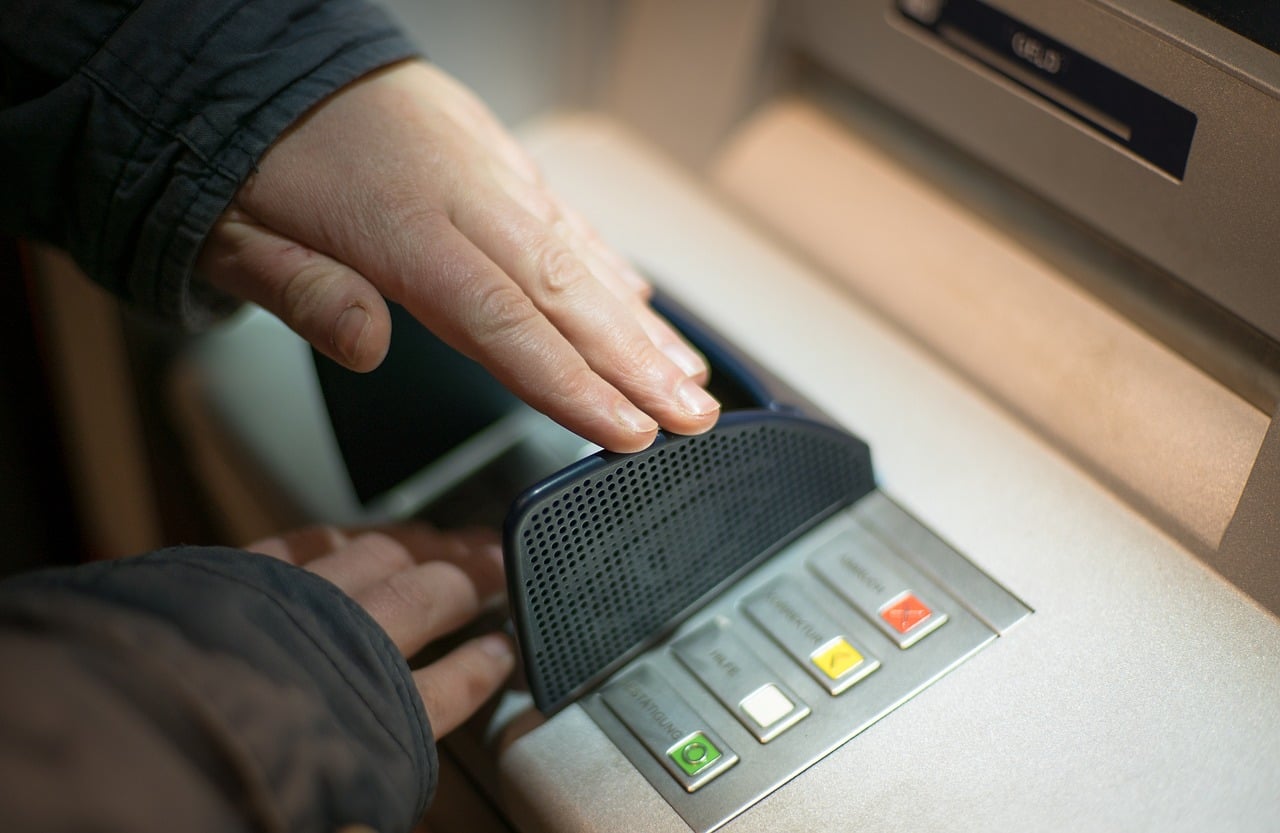Google Maps is a pretty useful feature that offers many more services than just navigation. However, for some users, the maps experience has been marred by Google Maps scams, where scammers with a bogus listing on the maps trick users.
Changing contact details
Though Google Maps scams are not a new thing, what’s surprising is that such scams are on the rise despite measures from the search giant. The latest Google Maps scam comes from India, where fraudsters took advantage of a loophole in Google Maps that allows anyone to edit an establishment’s contact details.
The scammers used this loophole to replace the contact details of a bank with their own number. This way they duped customers into revealing their sensitive account details.
Talking of this loophole, the police said that if a user searches for a specific branch of a bank on Google, the results that show up include the Google Maps page as well. And, Google’s User Generated Content policy allows anyone to edit the contact information on the page, including the address and phone number.
Further, the police said that many users search for the contact details of their bank on Google, and after they get the fake number, they call it. The scammer, on the other end, somehow convinces these users to share Personal Identification Numbers (PIN) or the CVV numbers of their debit and credit card. Scammers then use this information to steal money from their accounts.
Police said that they had received three such complaints in the last month. The bank, whose contact details were edited, said they quickly changed the contact details on the Google Maps page after such incidents came up. Further, the bank has requested the users to use the official website to search for contact details.
“Overall, allowing users to suggest edits provides comprehensive and up-to-date info, but we recognise there may be occasional inaccuracies or bad edits suggested by them. When this happens, we do our best to address the issue as quickly as possible,” a Google representative said, according to The Hindu.
Google Maps scams – how scammers are tricking users
Google Maps scams are not a new thing, and changing the contact details is not the only way scammers use to trick users. Another method used by scammers is by creating a bogus listing. Nowadays, many use Google Maps to search for locksmiths, plumbers, electricians and other professionals, whom people usually call when they need quick service.
What scammers are doing is they create bogus listings under such categories. Such scammers trick Google Maps with the listing saying their business is located at a specific address, and they give a fake suite number verified by the U.S. Postal Service. Scammers can then easily register fraudulent listings using fake suite numbers, which is of a real address.
Then scammers set fake phone numbers on their Google Maps listing using online calling services. When users call the fake number, the representative gives them a low-cost price quote and send, for example, a trickster locksmith to attend the call. The fake locksmith then charges more money upon arrival and if the customer is locked out of their house, they’ll likely just pay up.
What is Google doing?
Scammers also have a way to trick businesses with physical locations, like hotels or restaurants. Fraudsters first sign up as a real restaurant or hotel on Maps. Google then sends a physical postcard with verification PIN to the real address. Scammers, however, trick the business to reveal that PIN, which they then use to operate the account.
Scammers use the PIN to replace the real listing with the fake version that can send people calling that number to a fake service. These fake services then allow people to make real reservations at a restaurant, but they charge a commission per transaction.
Apart from Google Maps scams, the service is also marred with fake reviews, like a business using fake positive reviews to up its image and fake negative reviews to down the rival.
Google, on its end, is coming up with ways to prevent such incidents by plugging the loopholes. For instance, the company says it now doesn’t send several verification postcards to the same address based on different suite numbers. Google is also using algorithms to detect any data discrepancy in the fake listings.
Further, Google is also using manual systems to assist in eliminating fake content. The search giant is also taking help from volunteers, who flag issues with the service.





